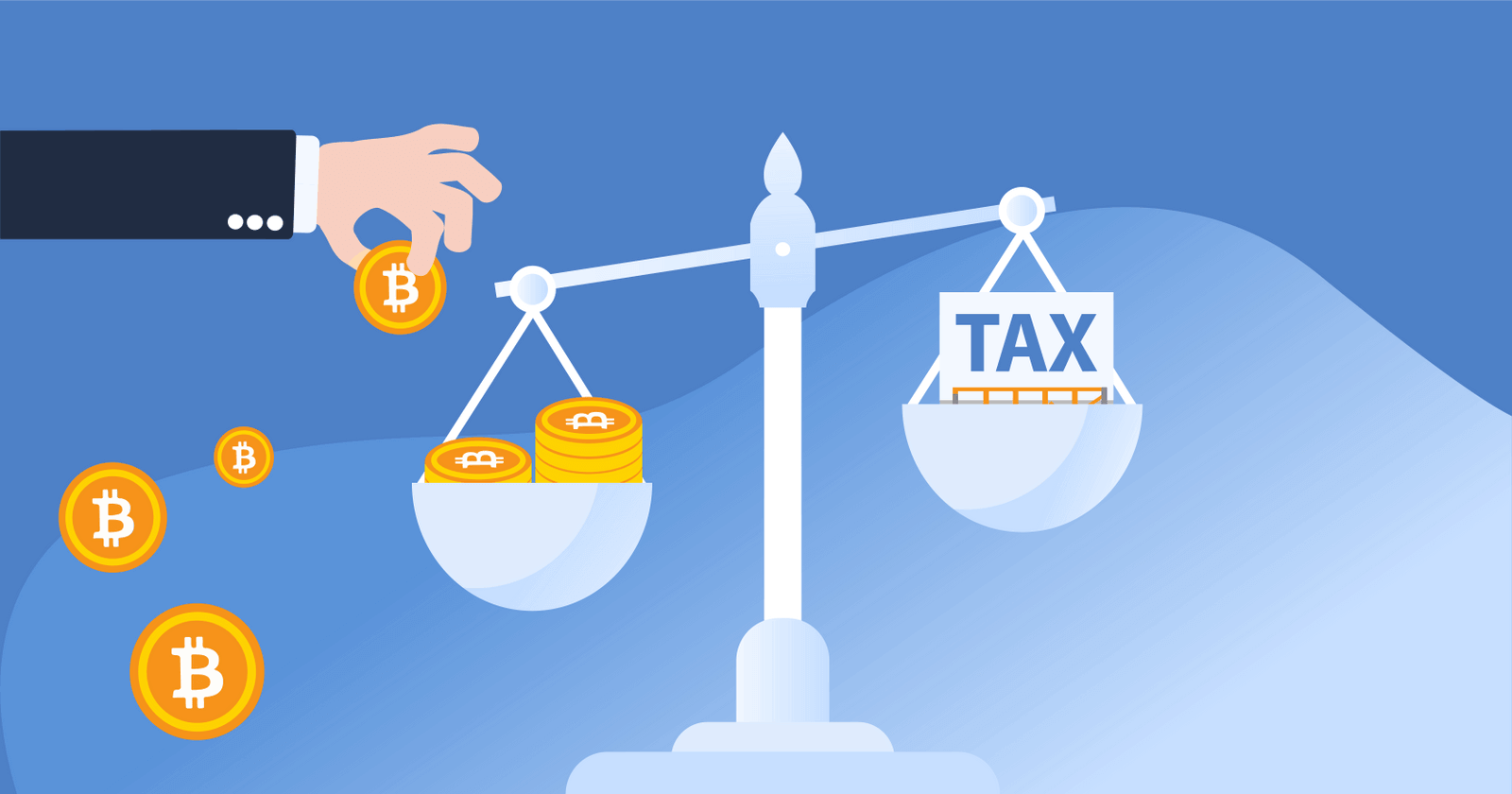

Key Takeaways
- Tether (USDT) is a stablecoin pegged to the US dollar.
- Tether provides stability in an otherwise volatile crypto market.
- Tether’s regulatory and transparency issues remain a key risk factor for long-term holders.
In this article, we explore Tether’s purpose, its potential risks and benefits, and discuss how it compares to other major stablecoins.
What is Tether and how does it work?
.jpeg)
Tether (USDT) is a stablecoin that maintains a 1:1 peg with the US dollar. That means the value of 1 USDT is equal to the US dollar.
Tether is designed to be a bridge between the world of fiat currencies and cryptocurrencies. While Bitcoin and Ethereum were created as investments with volatile prices, Tether’s goal is stability.
Many investors do not wish to use BTC and ETH for transactions because of their growth potential. That makes USDT a great alternative for those looking for a stable investment and a way to pay for goods and services.
Is Tether a good investment?
Tether can offer value as an investment depending on your goals and geographic location. Here are some scenarios where Tether could benefit investors:
Portfolio Stability
As a stablecoin, Tether reduces volatility in your portfolio. This makes it a useful tool to maintain stability during uncertain market conditions.
Exposure to the US Dollar
Tether’s value is linked to the USD, which means it can serve as a hedge against local currency devaluation.
If you’re based outside of the United States and you believe the USD will appreciate against your home currency, holding Tether could protect your purchasing power.
Financial Success and Influence
While Tether has been criticized for its lack of transparency around reserves, it is the world’s biggest stablecoin and has seen major success.
In 2023, Tether reported profits of $6.2 billion, outperforming major financial institutions like BlackRock. This level of financial success suggests that Tether has become a significant player in global finance, which could signal long-term stability.
Stablecoins vs. Cryptocurrencies
Tether’s stable value makes it fundamentally different from volatile cryptocurrencies like Bitcoin or Ethereum.
Let’s walk through some of the key differences:
Is Tether risky?
Tether’s history includes controversy over transparency and regulation, raising concerns about potential risk.
- Misleading Reserve Claims:
In 2021, Tether was fined for making false claims about its reserves. An investigation revealed that, at one point, only 27.6% of Tether’s stablecoins were backed by cash reserves. - Ongoing Transparency Issues:
Despite posting record profits, Tether continues to face transparency challenges. Tether has never been audited by a reputable accounting firm, and some consumer protection groups have claimed that Tether has still not provided sufficient evidence of its reserves.
Remember, the value of a stablecoin is backed up by its reserves. If a stablecoin does not hold sufficient reserves, it may lose its peg with the dollar in the case of a ‘run on the bank’.
Does Tether have a future?
Tether is actively working to expand its influence and diversify its investments. Here’s a look at some of its future initiatives:
- Venture Capital Investments:
Tether plans to invest $1 billion over the next 12 months in blockchain projects, artificial intelligence, biotechnology, and emerging markets. - Global Partnerships:
Tether recently partnered with Uzbekistan to develop financial infrastructure, demonstrating its focus on international expansion. By targeting developing economies, Tether aims to increase its adoption and utility in regions underserved by traditional financial systems. - Challenges Ahead:
While Tether has made significant progress, regulatory compliance and transparency issues remain obstacles to its long-term success.
What is a good Tether alternative?
For investors looking for other stablecoins, USD Coin (USDC) and Dai are strong alternatives with transparent reserve policies.
USDC publishes weekly updates on its reserves and is audited annually. Meanwhile, DAI is fully decentralized, and data on reserves is fully visible on chain.
Here’s a side-by-side comparison:
Each stablecoin has distinct features, and your choice should align with your portfolio strategy and trading preferences.
Conclusion
Tether offers unique benefits for investors seeking stability. However, you should consider transparency and regulatory issues before you get started investing.
Frequently asked questions
- Is Tether always worth 1 USD?
Tether aims to maintain a 1:1 peg with the US dollar, but fluctuations can occur during periods of high demand or market stress.
- Why is Tether controversial?
Tether has faced scrutiny over its reserves, with past investigations revealing that its reserves covered less than 30% of the value of USDT.
- Is Tether safe to invest in?
While Tether offers stability, investors should be aware of potential issues with transparency.
- How does Tether compare to Bitcoin?
While BTC is highly volatile, USDT’s value is pegged to the US dollar. That means USDT may be a better choice for buying and selling goods.
- What’s the best alternative to Tether?
USD Coin (USDC) and DAI are strong stablecoin alternatives with transparent reserve policies.
How we reviewed this article
All CoinLedger articles go through a rigorous review process before publication. Learn more about the CoinLedger Editorial Process.

CoinLedger has strict sourcing guidelines for our content. Our content is based on direct interviews with tax experts, guidance from tax agencies, and articles from reputable news outlets.






























%20(1).png)





.png)
















